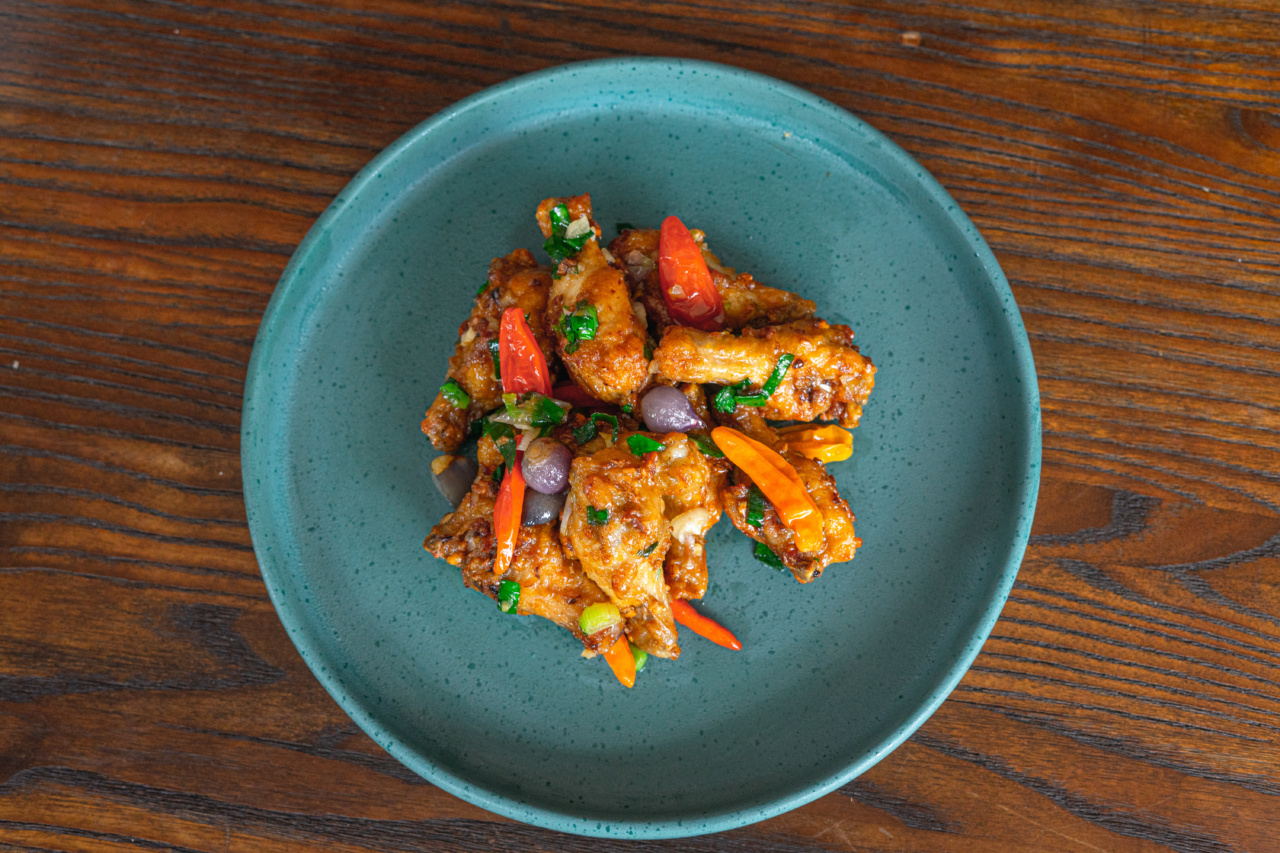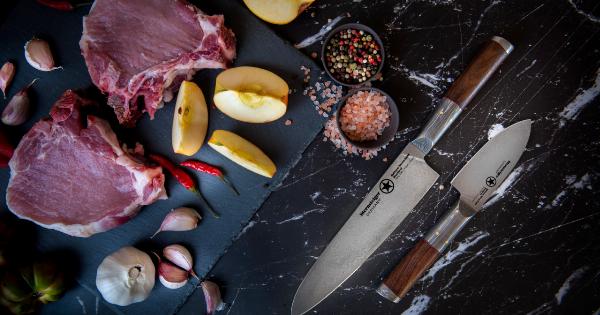Thawing meat is an essential step in the cooking process for many recipes. However, it can be frustrating to wait for hours or even days for your meat to defrost.
Fortunately, there is a top method that allows you to thaw meat quickly and safely, without compromising its quality or exposing it to bacteria growth. In this article, we will guide you through the best technique for thawing meat efficiently, ensuring your dishes turn out perfect every time.
Why is Thawing Meat Important?
Before we dive into the top method for thawing meat, let’s first understand why this step is crucial in the cooking process. When meat is frozen, the water molecules inside it turn into ice crystals, causing the texture to become firm and rigid.
Thawing meat helps to restore its natural texture, allowing for even cooking, better flavor development, and improved tenderness.
Additionally, proper thawing prevents the growth of harmful bacteria on the surface of the meat.
Bacteria can multiply rapidly in the temperature danger zone (40°F to 140°F or 4°C to 60°C), which is why it’s essential to thaw meat safely and avoid leaving it in the danger zone for an extended period.
The Top Method: Cold Water Thawing
When it comes to quickly and safely thawing meat, the cold water method is the way to go. This method is faster than thawing in the refrigerator, making it ideal for situations when you need to prepare your meat in a shorter time frame.
Step-by-Step Guide to Cold Water Thawing
Follow these steps to thaw your meat quickly and safely using the cold water method:.
Step 1: Prepare the Packaging
Ensure that your meat is properly sealed in a leak-proof plastic bag. This step is essential to prevent water from seeping into the packaging, diluting the flavor and potentially facilitating bacterial growth.
If your meat is not already in a leak-proof bag, transfer it to one before proceeding.
Step 2: Fill a Bowl with Cold Water
Take a large bowl or basin and fill it with enough cold water to submerge the meat. The water should be cold but not warm or hot, as warmer water can promote bacterial growth.
Step 3: Immerse the Meat
Place the packaged meat in the bowl of cold water, ensuring that it is fully submerged. It is essential to keep the meat in its original packaging to prevent any direct contact with water.
Step 4: Change the Water
After 30 minutes, change the water in the bowl with fresh, cold water. This step helps to maintain a consistently low temperature and ensures optimal thawing. You can repeat this process every 30 minutes until the meat is fully thawed.
Step 5: Check for Thawing
Regularly check the meat to determine its progress. Thawing times will vary depending on the type and size of the meat. For example, a small cut of chicken breast may only take about 1-2 hours to thaw, while a large turkey can take several hours.
To ensure the meat has thawed completely, gently press on the thickest part. If it feels soft and pliable, it is fully thawed and ready to cook.
Thawing Time Guidelines
While the cold water method is efficient, it’s essential to have a rough estimate of thawing times depending on the type of meat you’re working with. Here are some general guidelines:.
Chicken
– Small Chicken Breast: 1-2 hours.
– Whole Chicken: 3-4 hours.
Beef
– Ground Beef: 1-2 hours.
– Steaks: 2-3 hours.
– Roasts: 4-5 hours.
Pork
– Chops: 1-2 hours.
– Tenderloin: 3-4 hours.
– Roasts: 4-5 hours.
Seafood
– Fillets and Shrimp: 1-2 hours.
– Whole Fish: 3-4 hours.
Thawing Tips and Precautions
It’s important to keep the following tips and precautions in mind when using the cold water thawing method:.
Keep it Cold
Always ensure that the water you use remains cold throughout the thawing process. Warm water can promote bacterial growth and compromise the quality of the meat.
Prevent Cross-Contamination
Never thaw meat at room temperature as this can expose it to the temperature danger zone and increase the risk of bacterial contamination. Always thaw meat in the refrigerator or using the cold water method to prevent cross-contamination.
Use Immediately or Refrigerate
Once your meat is fully thawed, it’s crucial to use it immediately or store it in the refrigerator. Leaving thawed meat at room temperature for extended periods can allow bacteria to proliferate, leading to foodborne illnesses.
Plan Ahead
If you know you will be cooking meat in the near future, it’s best to plan ahead and allow it to thaw in the refrigerator. Thawing in the refrigerator is slower but safest method, as it maintains a consistent temperature.
Conclusion
Thawing meat quickly and safely doesn’t have to be a time-consuming process. By using the cold water thawing method, you can efficiently thaw your meat without sacrificing its quality or exposing it to bacterial growth.
Remember to follow the step-by-step guide and adhere to the recommended thawing time guidelines for different types of meat. By doing so, you’ll ensure that your dishes turn out perfectly cooked, delicious, and safe to consume.































